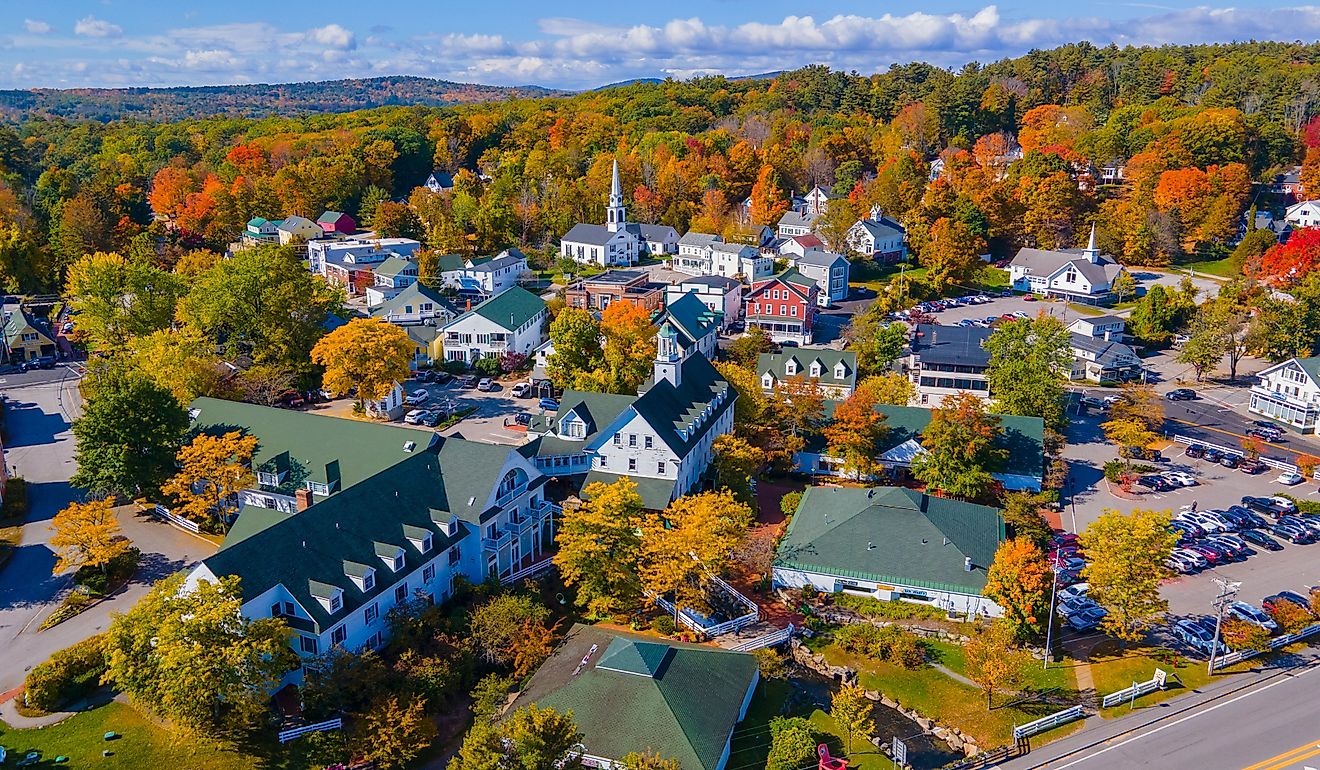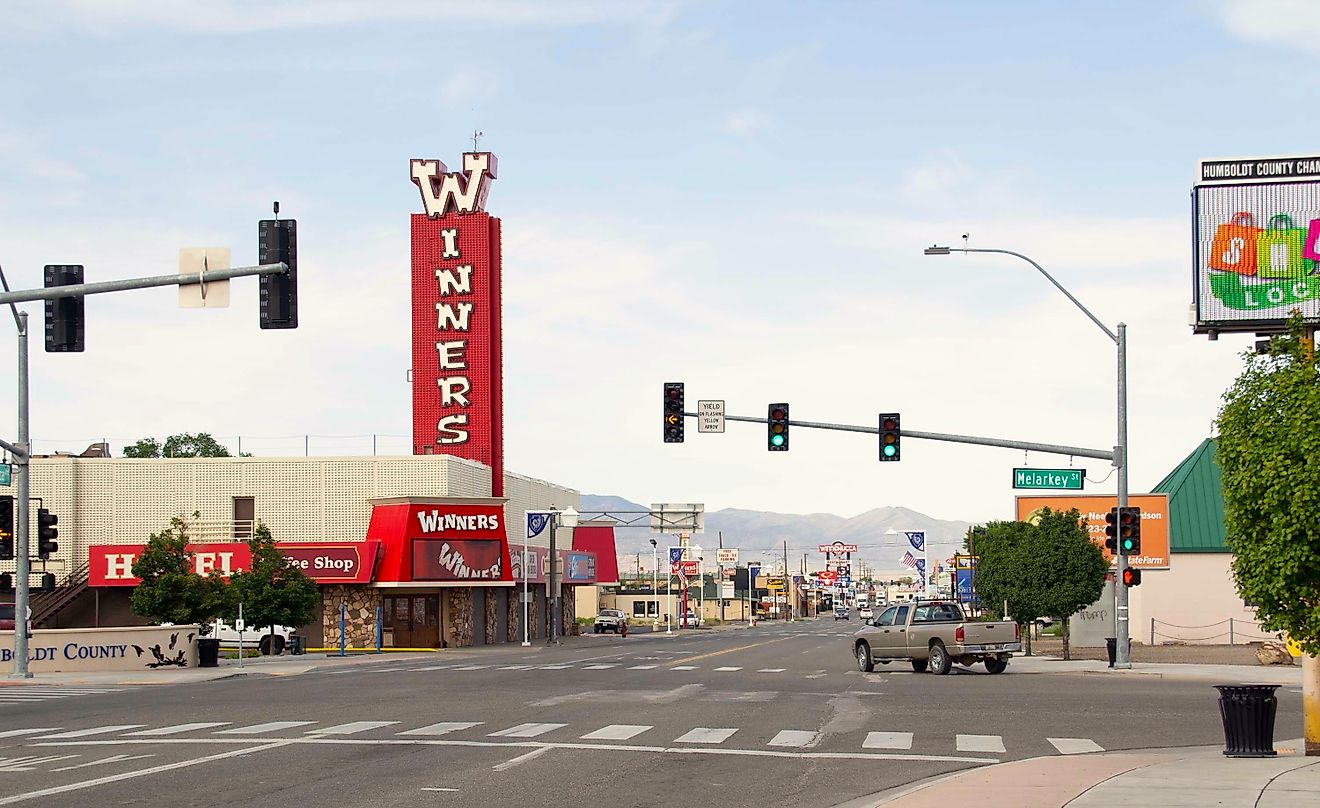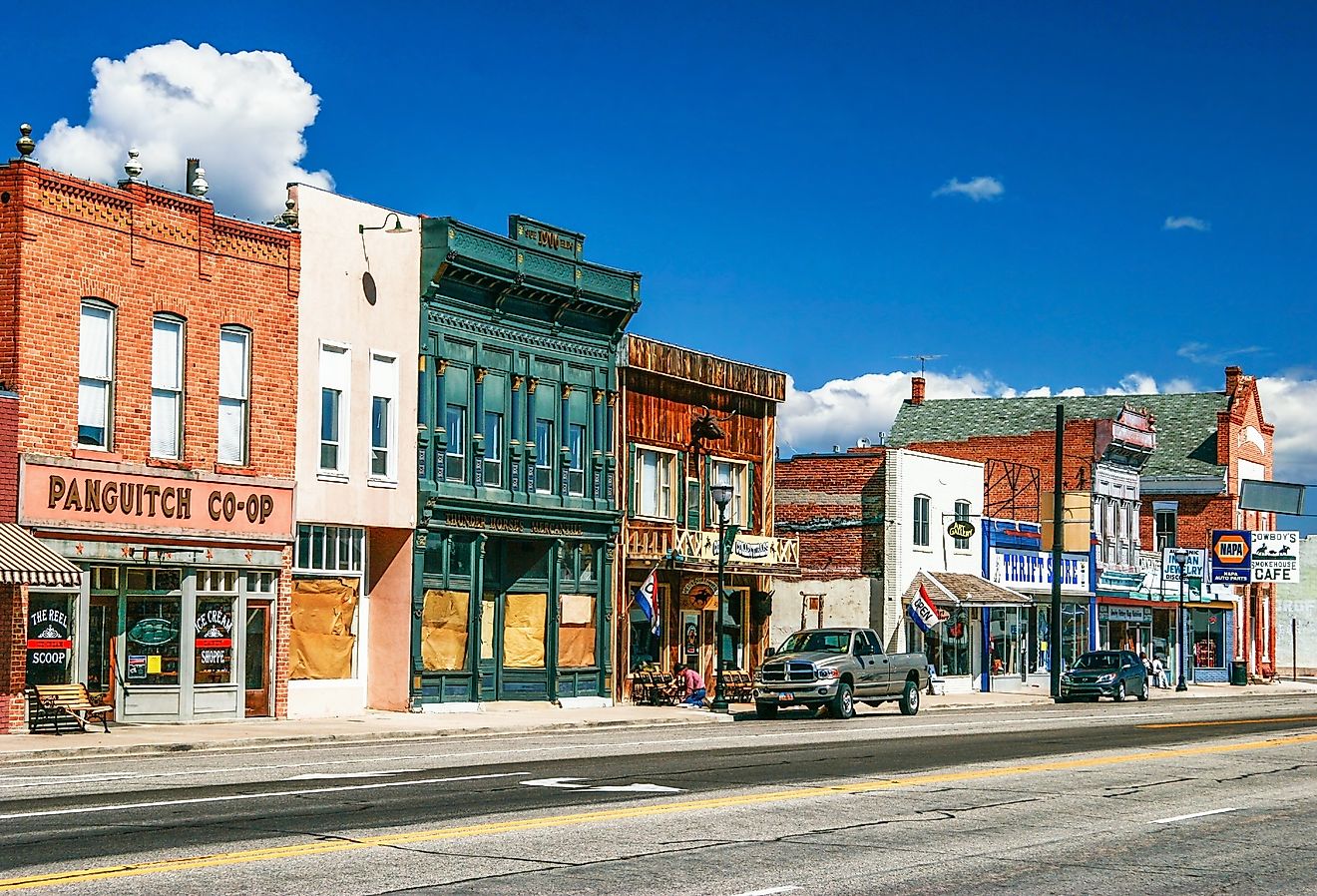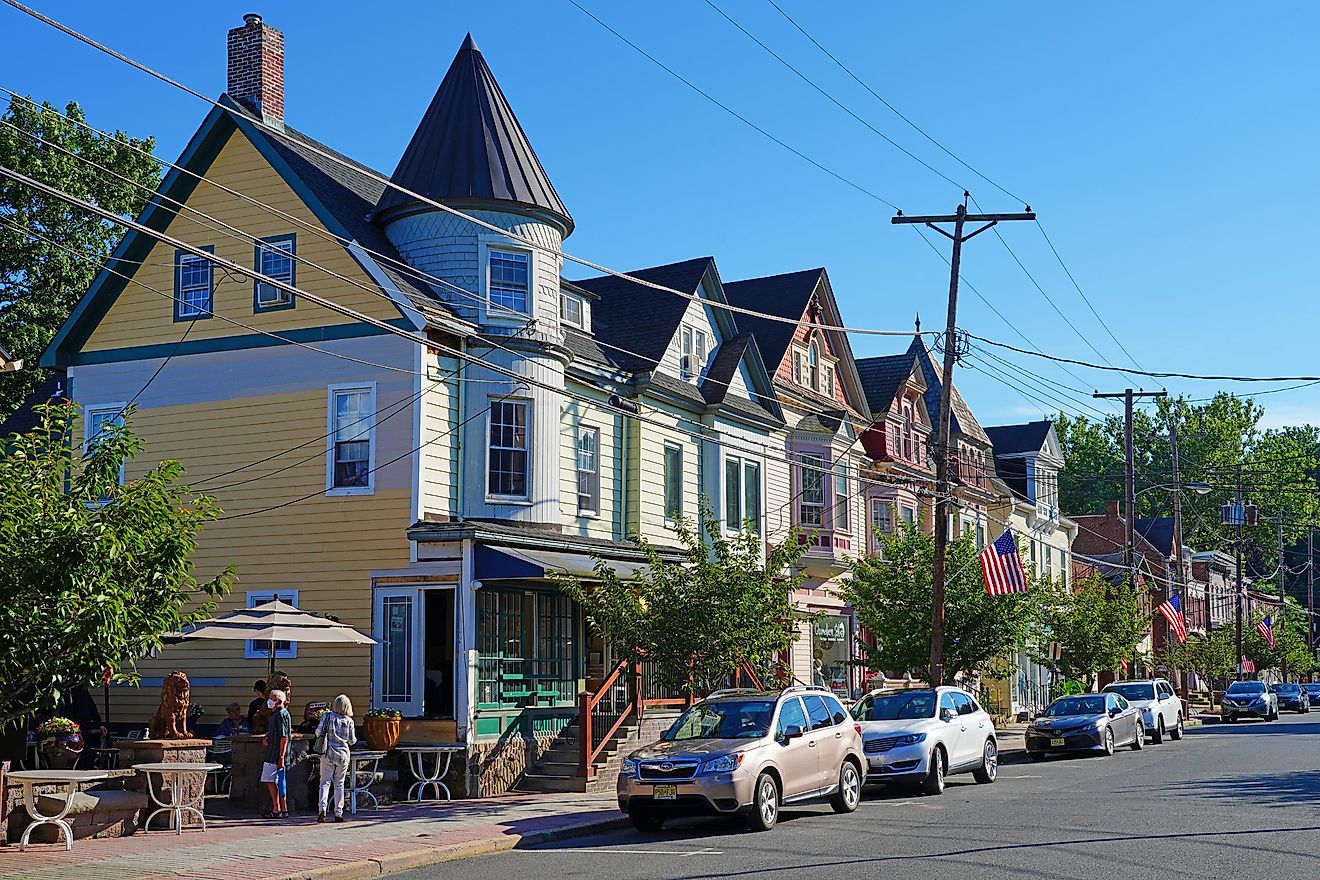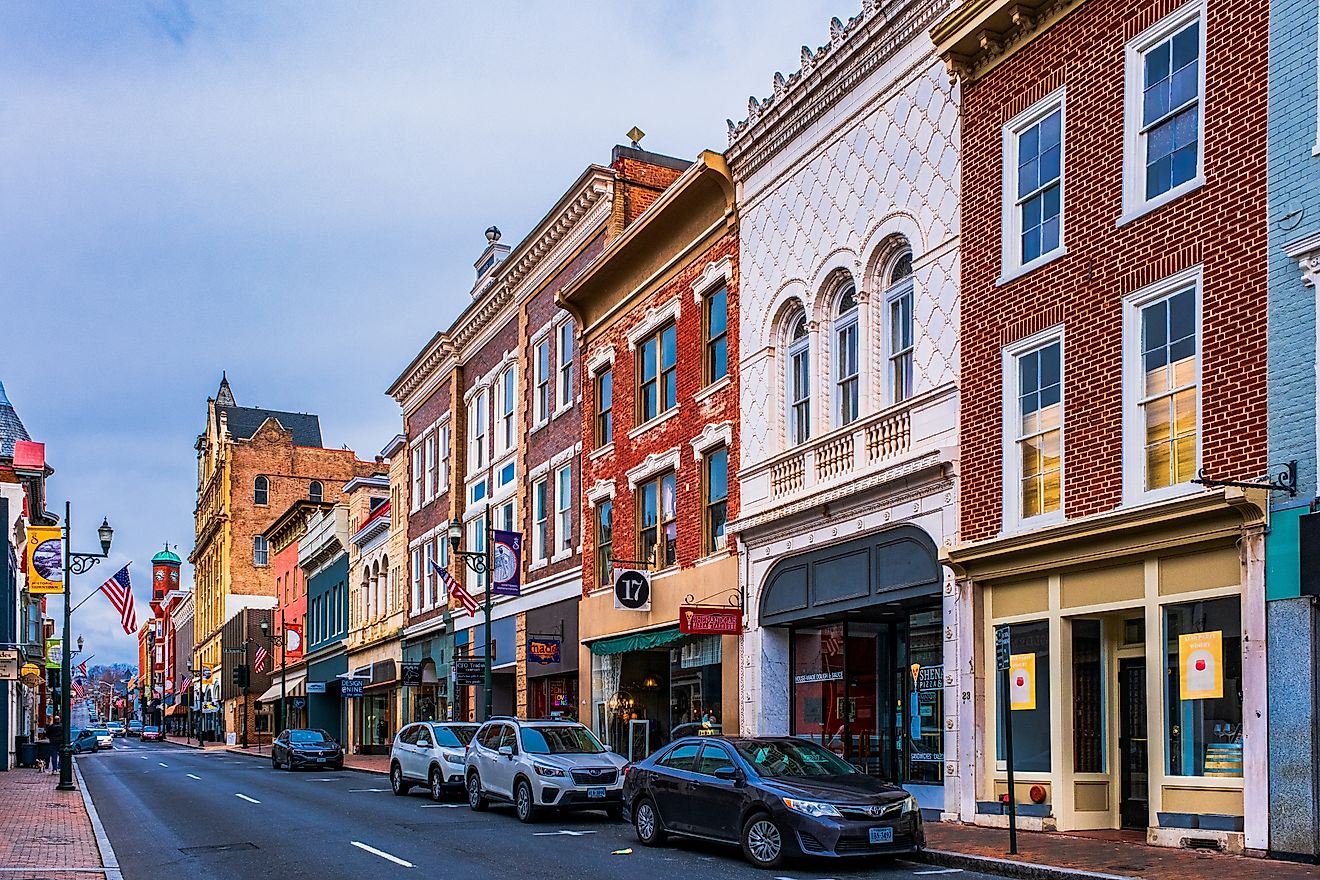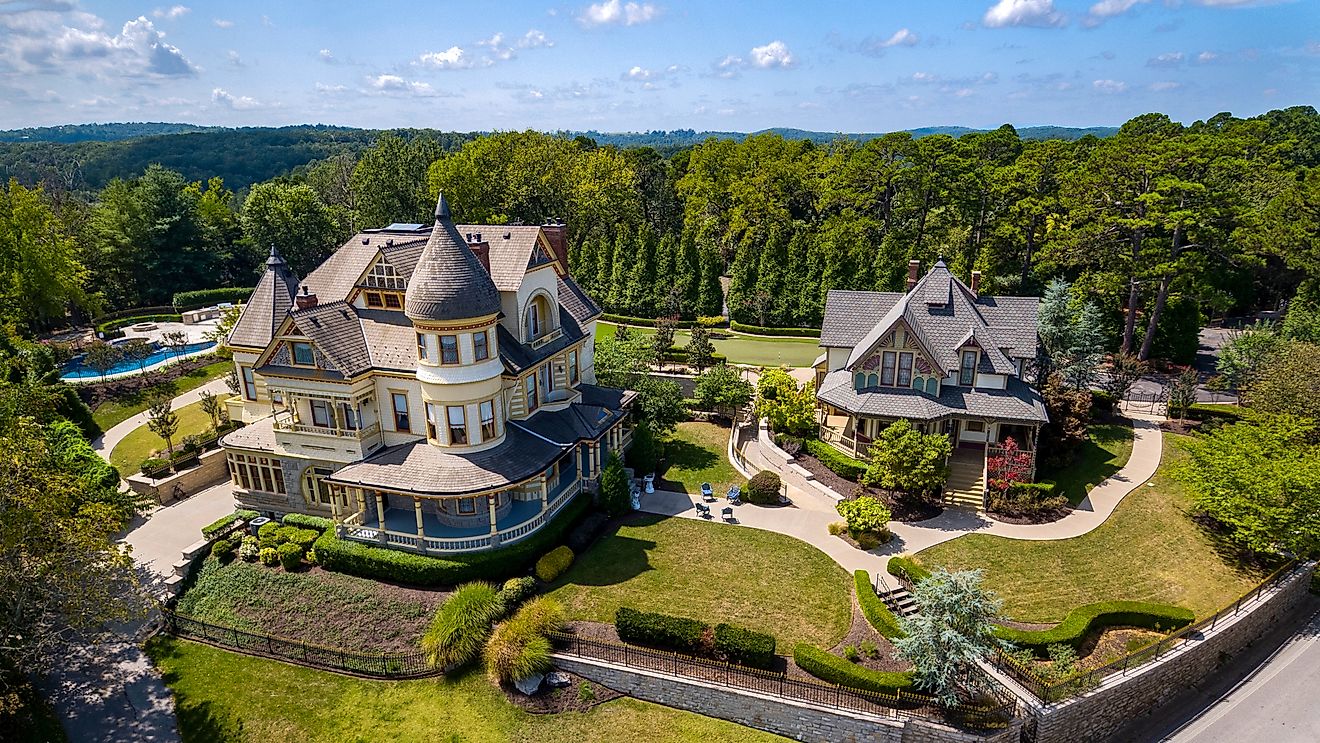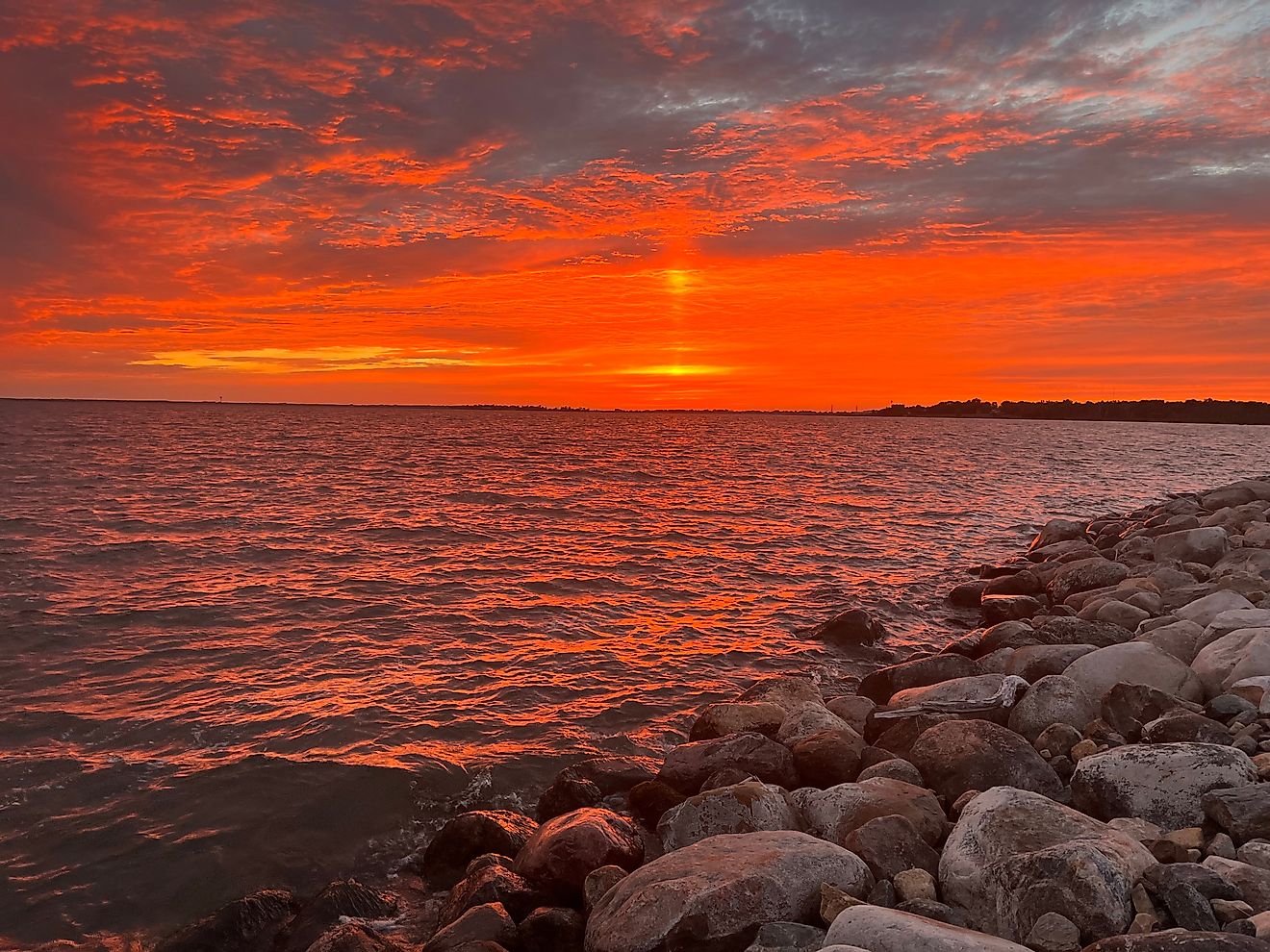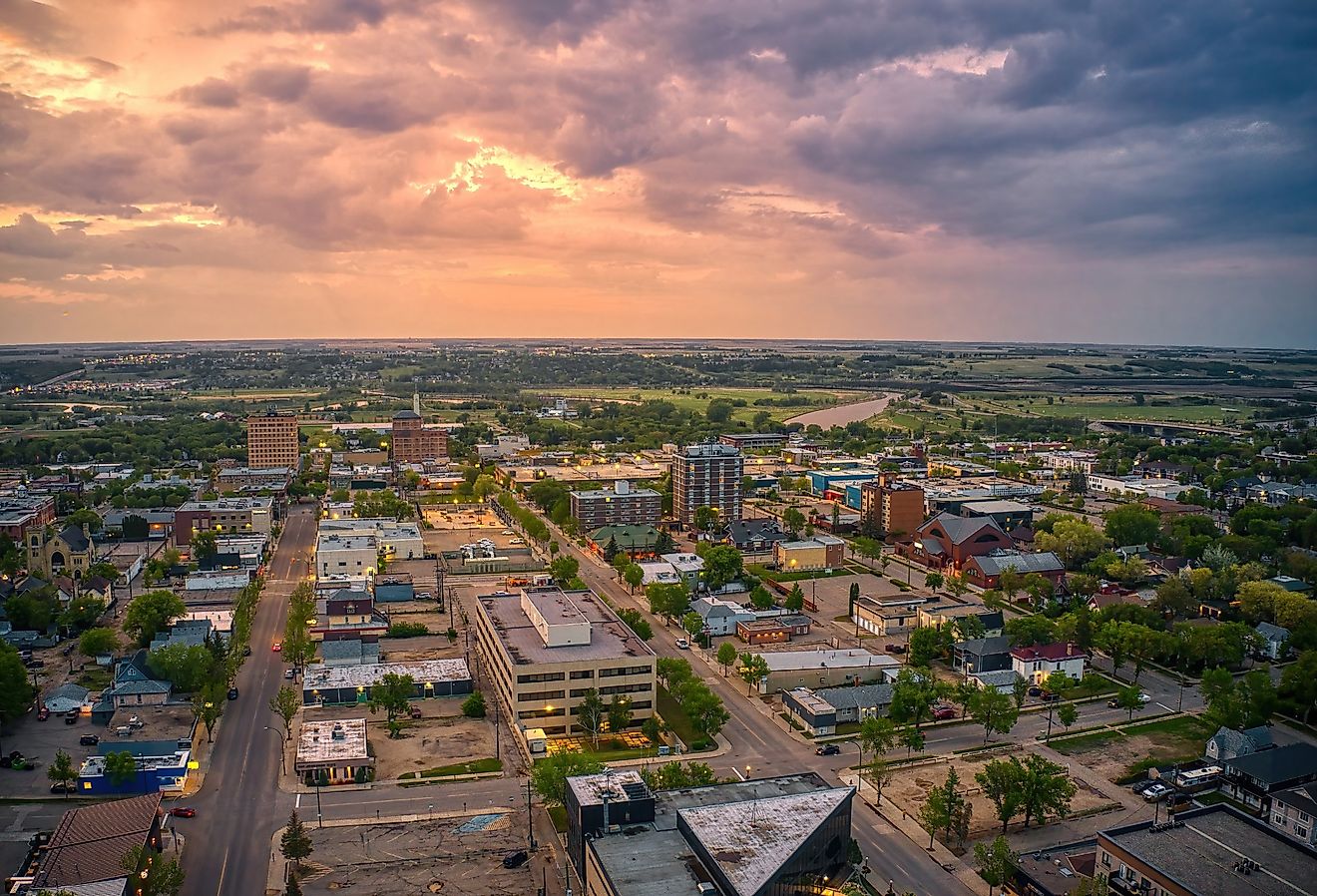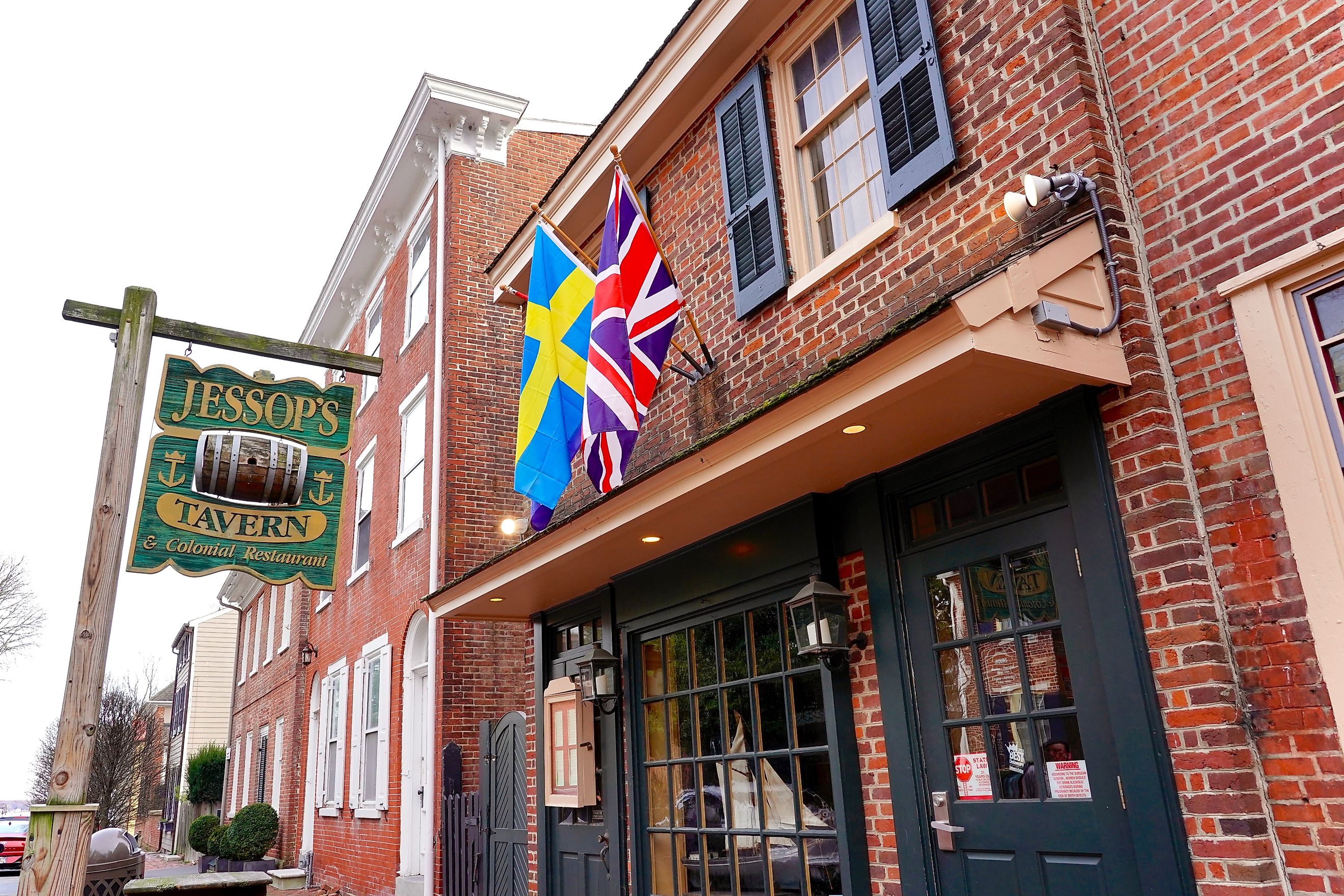
9 Offbeat Delaware Towns To Visit In 2025
Delaware, famous as the first state to move for independence in 1776 during the American Revolution, has attracted settlers and curious travelers since its colonial days. Visitors seeking something out of the ordinary will not go home unsatisfied because the state, on the U.S. mid-Atlantic coast, seems to have something quirky almost everywhere. Its melting-pot history, which combines periods of settlement from Native Americans, European and other immigrants, and true-blue American patriots, forms the basis for one of America's longest state histories — with some eccentric results along the way. For a genuinely offbeat past and present, Delaware towns like these have plenty to share.
Bridgeville

Bridgeville, despite its location in a four-season region, is famed for its watermelon, which usually thrives in much warmer climates. Local growers, like Bridgeville-based Evans Farms, organize promotional events in addition to their core agricultural activities. The town has even hosted visits from a pageant winner called the National Watermelon Queen, an office organized through the National Watermelon Association, a group promoting trade and sales of the delicious fruit.
Other farm features in town include robust apple cultivation. Bridgeville puts on an Apple-Scrapple Festival each year, which celebrates the local crop as well as the traditional American breakfast food, a hash dish based on cheaper cuts of pork. Not to be outdone by its local watermelon growers, the Apple-Scrapple Festival also names a winner each year in its Little Miss Apple-Scrapple Pageant, another social contest.
Georgetown
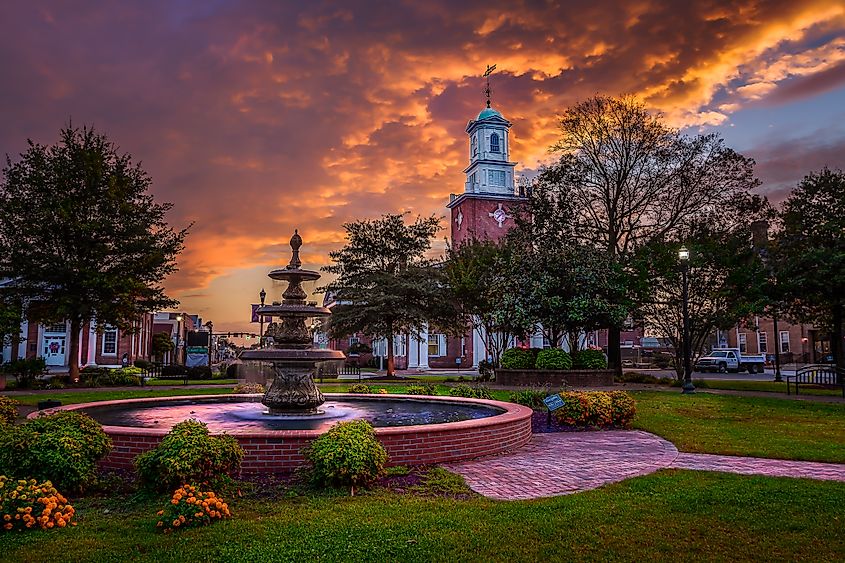
In south-central Delaware, Georgetown acts as the seat of Sussex County. Established in 1791, the town underwent the pain of split loyalties during the Civil War: Georgetown locals divided themselves by politics and their vision for the future of the United States along Union and Confederate lines. Today, and unusually in a Union state, Georgetown hosts the Delaware Confederate Monument, constructed amid much controversy only in 2007. On it lie the names of almost 100 Delaware residents, called the "Delaware Grays," who fought for the South. That list includes former Delaware governor William H.H. Ross. For some lighter history, Georgetown hosts the Marvel Carriage Museum, which remembers a now-obsolete form of transportation.
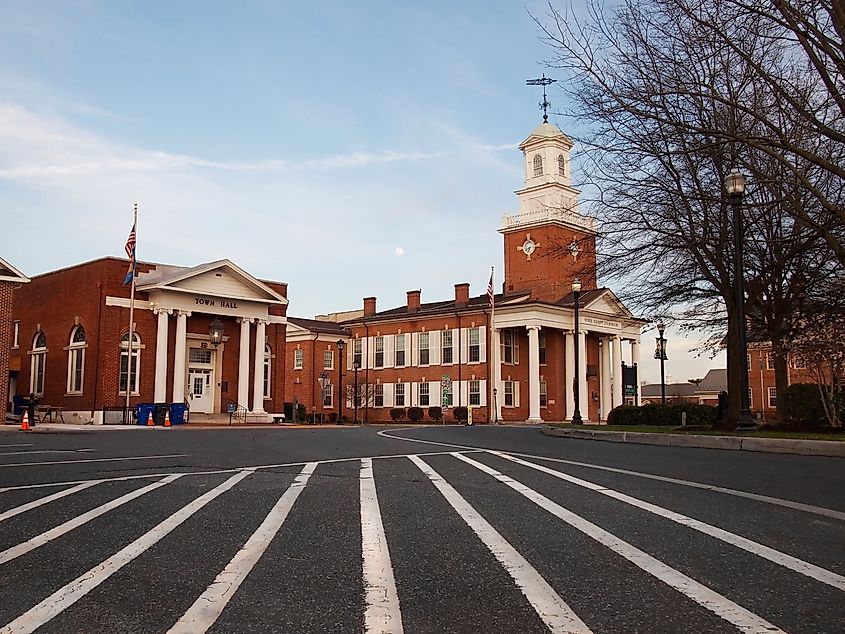
In a final geographical oddity, the town features a central circle rather than the much more common town square. The downtown zone, known as Georgetown Circle or more simply by what locals call "The Circle," joins historic buildings like an 1839 brick courthouse, a green space in the middle, and a picturesque fountain.
Hockessin

In the northwest corner of the state, Hockessin sits a stone's throw from neighboring Pennsylvania to the north. The town offers another geographical anomaly: it sits on something called the Twelve-Mile Circle, an arc separating Delaware from Pennsylvania. The Twelve-mile circle is the only round border separating U.S. states. For families coming to town, the historic Wilmington and Western Railroad brings passengers roundtrip from Hockessin to Greenbank, a few miles away. A Catholic church in town — Delaware's first and a testament to colonial-era religious diversity — has stood in town since 1790.

On a more somber note, Hockessin is the town where a much younger Joseph Biden, having just been elected Senator for Delaware, suffered the death of his daughter and first wife in a 1972 car accident. The two lie in state in a cemetery outside Wilmington, Delaware's largest city.
Laurel
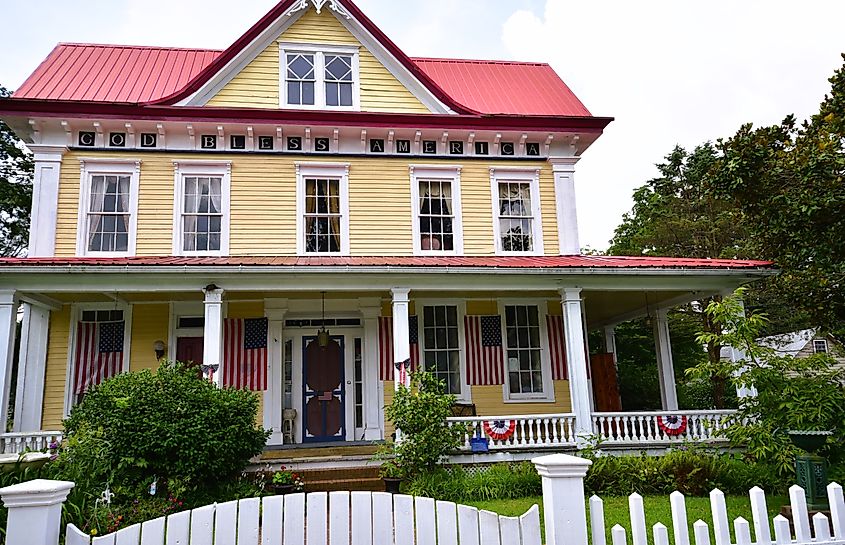
Also, in Sussex County, not far from Georgetown, the hamlet of Laurel has a big, pre-revolution claim to fame. Among its historic buildings, much of which appears on the National Register of Historic Places (NRHP), the town sets itself apart with one kind in particular: the "potato house." Built to store spuds grown locally, the barn-like structures reflect the architecture and the specifics of the agrarian economy from the region's earlier days.Laurel has no fewer than 10 potato houses — all of them NRHP-listed.

In fact, Laurel as a town can boast of some 800 buildings included on the NRHP, the most of any town in the state of Delaware, according to Laurel's local government website.
Lewes
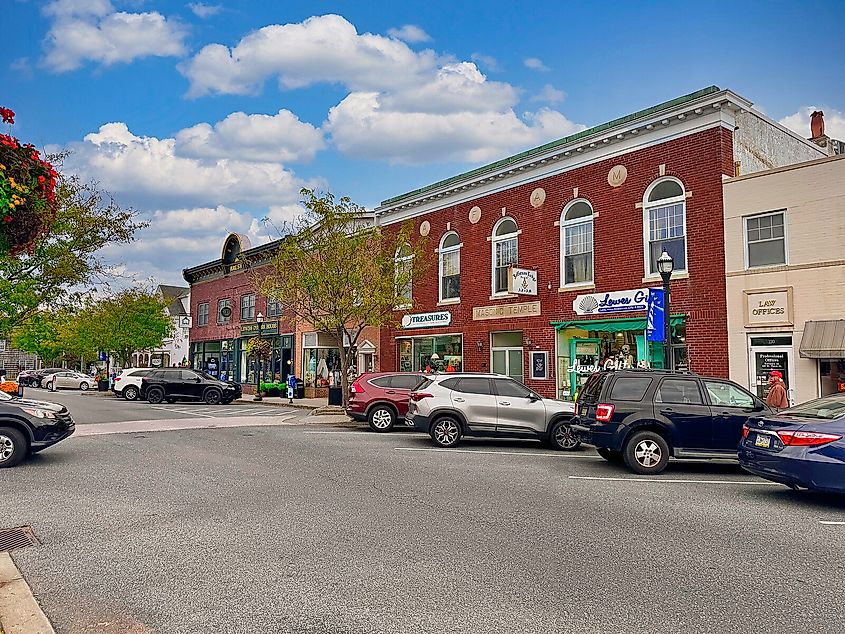
On Delaware's Atlantic sea coast, the town of Lewes claims to be the state's oldest settlement. Founded in 1631 as a whaling community by Dutch settlers, Lewes's offbeat history still shines through some of its old buildings. One of the best-standing examples is the Ryves Holt House, built in 1665, which is said to be Delaware's oldest standing building.
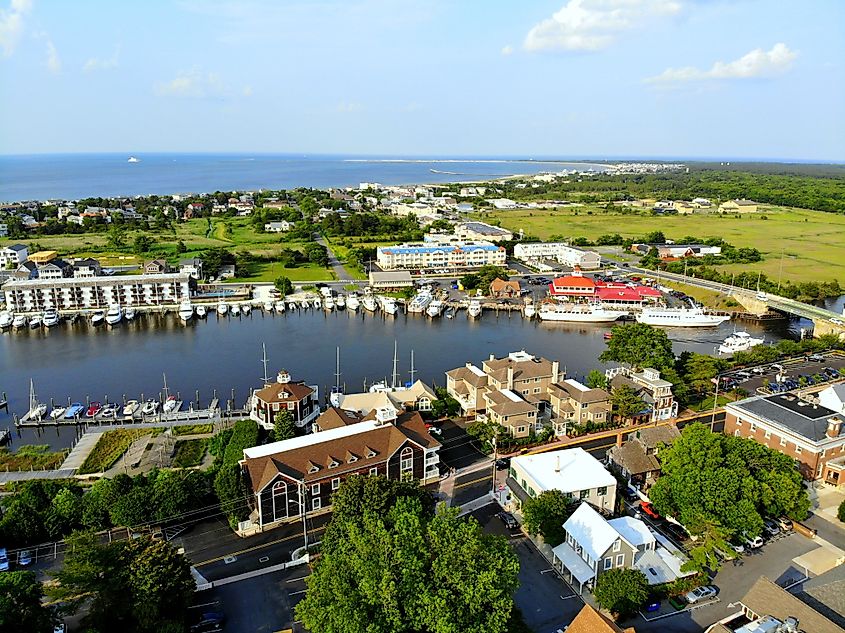
For more on the town's rich and unusual history, the Zwaanendael Museum and Cannonball House offer a glimpse of the past as it played out here. The second structure derives its name from a real-life cannonball lodged into a home during the War of 1812 when the British returned to fight U.S. forces. The projectile has remained stuck in the side of the house for more than two centuries.
Milford
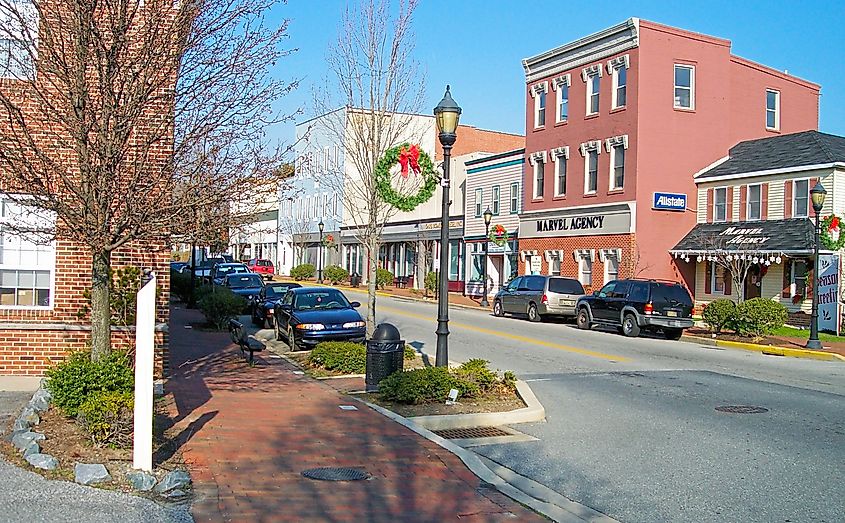
Delaware's south-central town of Milford offers a look at two of the state's traditional industries: agriculture and shipbuilding. Established in 1680 along the banks of the Mispillion River, Milford offers unusual gems for visitors to take in, such as the South Milford Historic District Walnut Farm, not to mention the broader historic district itself. Local architectural styles include Victorian buildings, specifically in the Gothic Revival and Queen Anne styles.

The Milford Vinyard Shipyard provides a better look at Milford's role as a hub of commerce despite not being directly on the Atlantic coast. Milford is also renowned as the hometown of seven state governors, whose times in office move from the 18th to the 21st century. More on the biographies of governors and other Milford notables stand in the Milford Museum, a historical center downtown.
New Castle
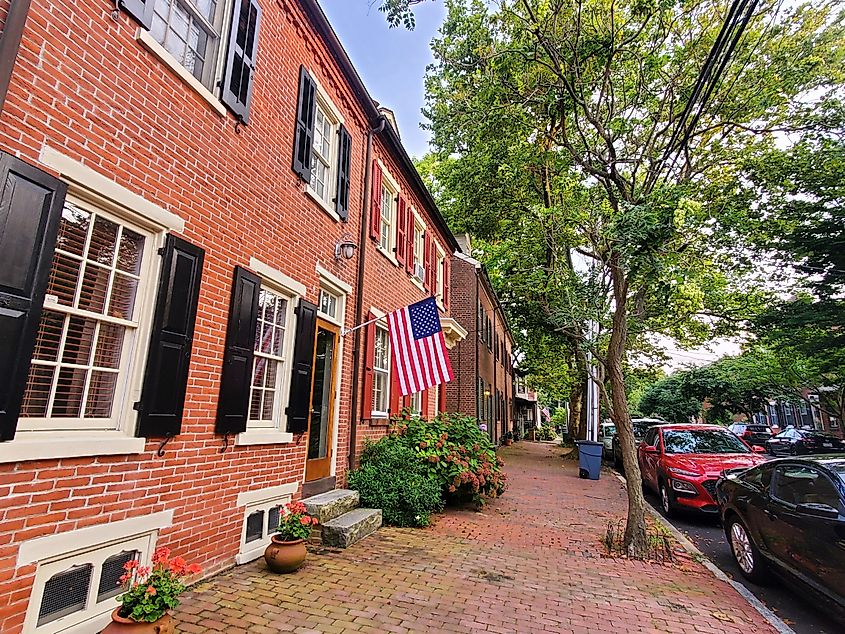
New Castle, set upon the banks of the Delaware River, traces its unusual roots to the 17th century. Founded in 1651, the town is remarkable for the fact it once served as Delaware's capital from 1776-1777. Indeed, state delegates gathered here in 1776 proclaimed a constitution and formed the state of Delaware, setting in motion the region's "first state" status in the later United States.

The New Castle Court House, built in 1732 as if preparing for capital importance, still stands in town. The building welcomes history buffs and visitors today. Other sites that harken to the town's capital days include the Amstel House Gardens and the Old Library Museum, both in town.
Odessa

In the state's northern neck, the town of Odessa joins Hockessin in diversifying Delaware's early religious history. Originally a Dutch settlement from the 17th century, the town later erected the Appoquinimink Quaker Meeting House, a church built in 1785 that still hosts monthly meetings of the Quakers, a branch of Protestant Christianity. That and other histories are visible via a one-of-a-kind kayak ride along the Appoquinimink River, which works its way near Odessa's historic downtown.

Unique architecture in Odessa includes the Corbit-Sharp House, a lovely example of the Philadelphia-Georgian style. Another historic structure, Odessa Bank, now serves as the town's visitor center and offices of the local historical society.
Wyoming
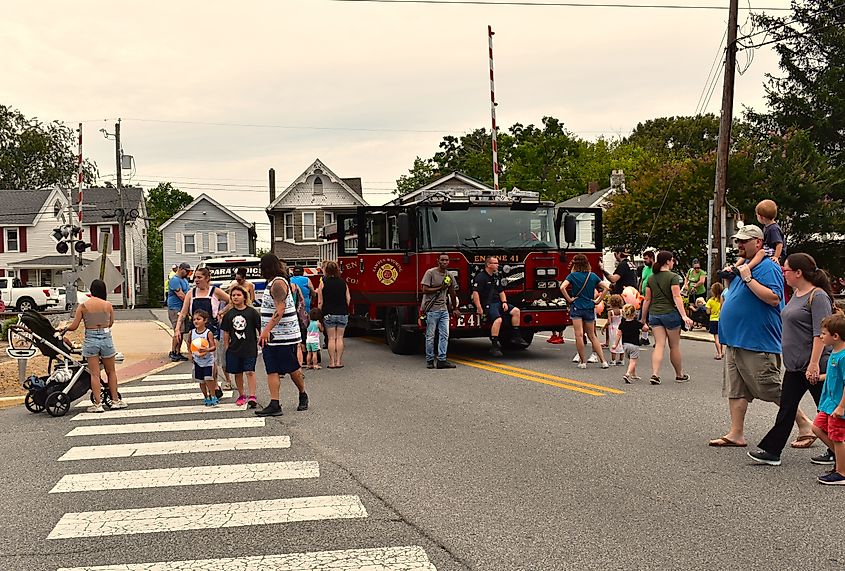
Unlike the western state of the same, singular name, the north-central town of Wyoming, in Kent County, developed late by the standards of Delaware's often-colonial other towns. In the mid-19th century, the Delaware Railroad drove intense development here. Some sources say its name derives from the Wyoming Valley of neighboring Pennsylvania, especially given the history of a local reverend from that area, who founded a church here in the 1860s. Fun fact: the same Pennsylvania valley later inspired the name Wyoming for the western territory, which became a U.S. state in 1890.

Wyoming eventually developed into an agricultural center, notably for cultivating apples and peaches. A farmer's market gathers downtown twice a month. In addition, the town celebrates its Peach Festival every year, which includes a peach dessert contest held on the appropriately named Railroad Avenue. For a refreshing outing any time of year, Wyoming Park sits at the edge of Wyoming Lake, north of town.
Delaware's Offbeat Towns Are Among Its Best
As these towns show, Delaware's small places like these capture the somewhat odd, and some of the most interesting, aspects of the state's past and present. Towns like Bridgeville and Laurel show the state's agricultural heritage. Industrial centers, such as Milford and Wyoming, suggest the hard-working spirit of the state has carried through its intermediate historical period. Other offbeat aspects of Delaware's smaller towns are just plain curious, like the Cannonball House in Lewes or the potato houses of Laurel. Though they may seem unusual, quirks like the ones in these Delaware towns suggest a rich historical legacy and a dynamic present that keeps visitors coming to Delaware today.
